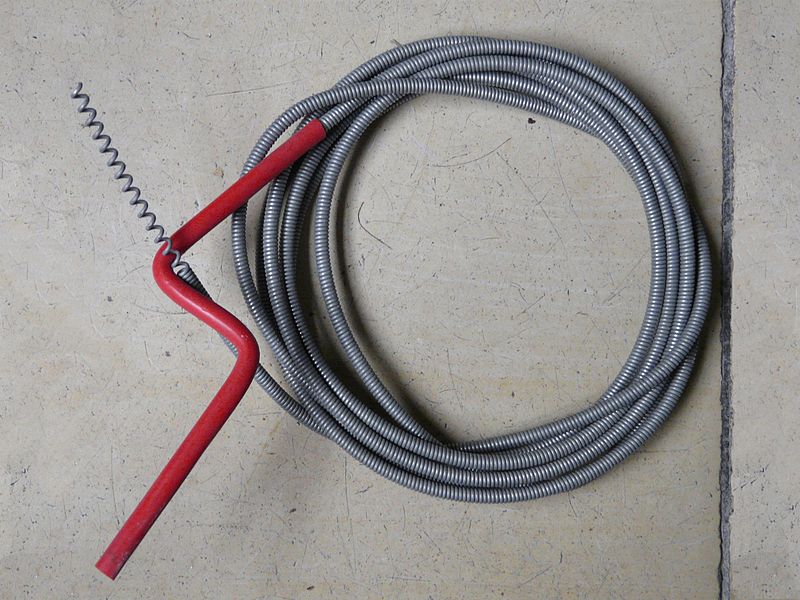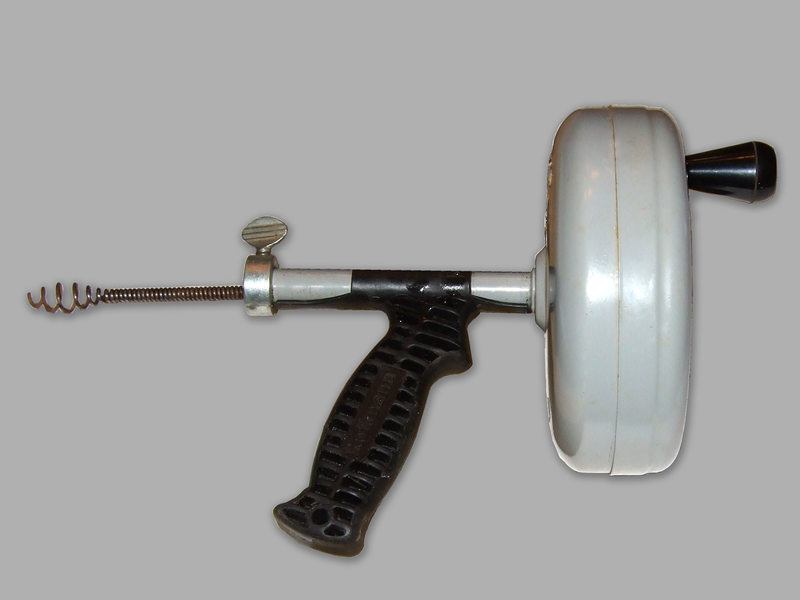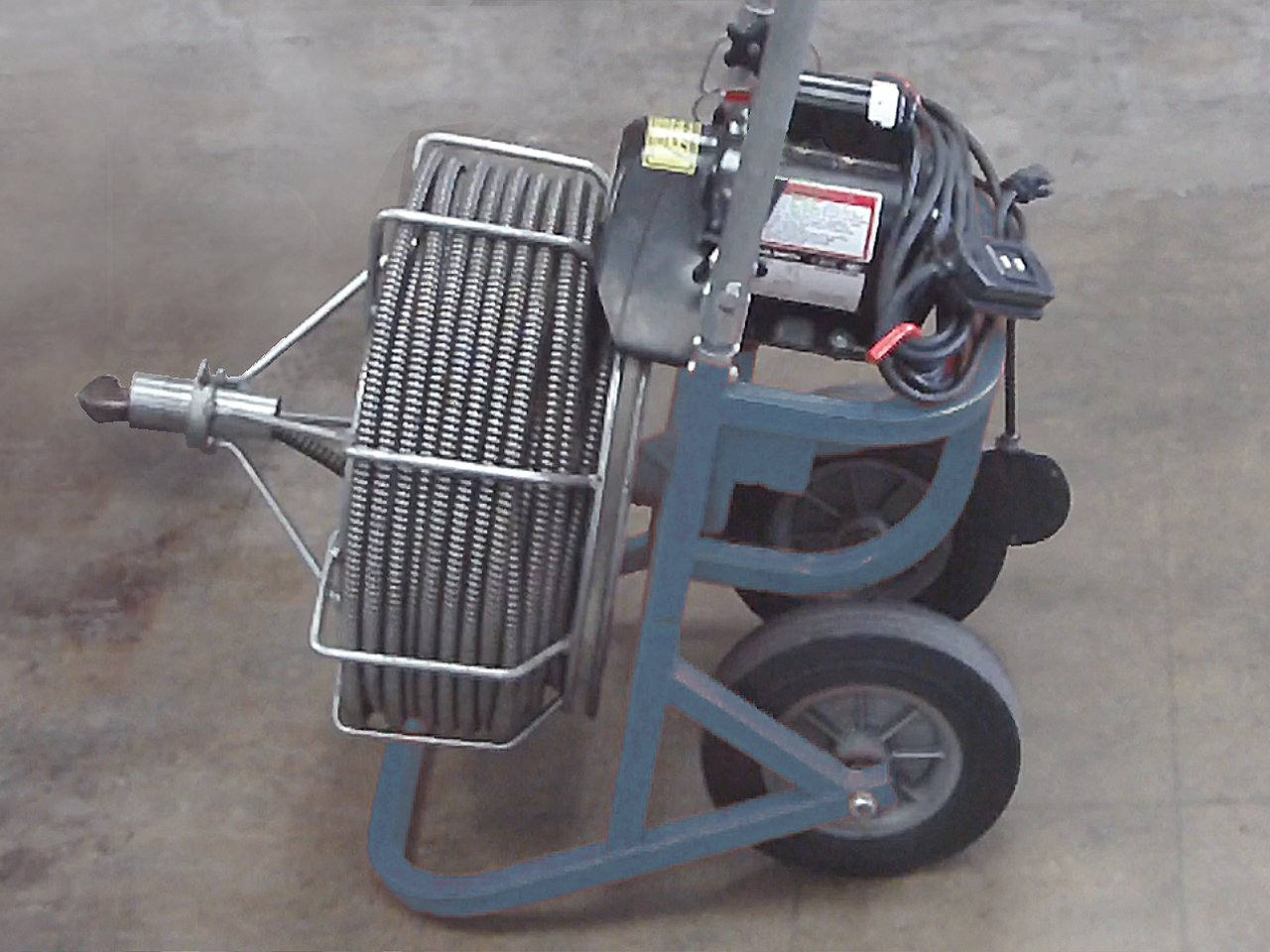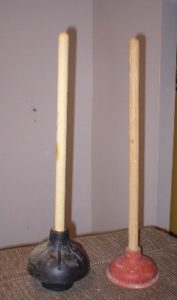Earlier this month in Devon, England, a wastewater team discovered a giant, hardened mass of wet wipes, fat and grease in their city sewer that’s a whopping 210 feet long! According to The Guardian, they’re calling it a “fatberg,” as in, a giant “iceberg” of fat and other wastes blocking the pipes.
While it’s highly unlikely you’ll ever experience a fatberg of that size in your home, you could be inadvertently building a plumbing blockage of your own. Clogged pipes and drains are one of a household’s greatest annoyances and oftentimes, pretty easy to prevent. Here are the major Do’s and Don’t’s when it comes to preventing blocked pipes and what to do if you find yourself battling a clogged drain.
Don’t Put These Common Items Down Your Drain
- Flushable Wipes: Even if the packaging says “flushable,” throwing these in the toilet is a bad idea. They will break down eventually, but odds are that they’ll block things up before that happens.
- Paper products other than toilet paper: Paper towels, cosmetic wipes, menstrual pads, tampons — put them in the trash! Again, though a product may claim to be flushable, they never disintegrate as quickly as toilet paper and can block water flow.
- Food, oil or grease: In the kitchen, scrape your plates as well as you can before heading to the sink. The garbage disposal isn’t meant to act as a secondary trash can and neither are your pipes. According to San Antonio Water Systems, fats, oils and grease (this includes not just cooking oil, but salad dressing, ice cream, butter, lard, etc.) account for nearly 70% of blocked city sewers.
- Hair: We know it’s tough to prevent! A majority of our clogged drain calls are due to a build up of hair. Small drain screens or inserts to keep hair from traveling too far down the drain can be found at big box stores.
Avoid Using Chemicals To Clear a Clogged Drain
Let’s imagine that water isn’t moving through the sink, shower or toilet. Time to grab the Drano, right?! Before you use a chemical drain cleaner, consider that we’ve seen many instances where they’ve done more harm than good.
Drain cleaners or liquid drain opening products consist of very strong acids or bases meant to burn through whatever may be preventing your drain or pipes from a normal flow. Chemical drain cleaners:
- Are so strong that they can also eat through pipes. This is an especially high risk in homes with cast iron plumbing.
- They’re especially toxic to people. These chemicals are strong enough to burn through organic waste in your pipes… which means they’re strong enough to burn you, too! Use extreme caution to avoid inhalation or contact with your skin. For the health and safety of your plumber, please notify him or her if you’ve used a chemical drain cleaner prior to their visit to your home so they can take steps to reduce their risk of exposure.
- Due to their toxicity, drain cleaners present a storage, disposal and environmental challenge. Don’t store in areas where children or pets may access. Follow guidelines for safe hazardous waste disposal in your area.
- They’ll corrode the mechanical components of your garbage disposal.
- The chemicals have to be able to reach the source of the problem in your pipe in order to work. If there’s water between you and the problem (as is the case with a complete or very slow draining blockage) the drain cleaner may unable to touch the blockage or may become too diluted by the surrounding water to do a good job.
Manual or Mechanical: The Best Way to Unclog a Drain
Manual or mechanical methods of drain clearing are the tried and true, best ways to rid yourself of a blockage.
Auger or Sewer Machine
An auger, sometimes called a drain snake or toilet jack, usually has a long, thin metal wire that when twisted, helps to dislodge clogs. Different types can be found at hardware stores. You can find small versions with hooks that are great for snagging hair out of the sink or shower.



Plunger
 There are two main types of plungers — sink plungers and toilet plungers. Make sure you’re using the right one for the job. Sink plungers look like a suction cup on a stick and work well against the flat surface of a sink. Toilet plungers look similar to a sink plunger on top, but taper down to a smaller opening that’s better suited to create suction around the narrow opening of a toilet.
There are two main types of plungers — sink plungers and toilet plungers. Make sure you’re using the right one for the job. Sink plungers look like a suction cup on a stick and work well against the flat surface of a sink. Toilet plungers look similar to a sink plunger on top, but taper down to a smaller opening that’s better suited to create suction around the narrow opening of a toilet.
Still stuck? Call a Plumber
If the DIY methods don’t work, a plumber will have stronger tools on hand to get your water flowing again. They’re also experienced at running an auger to avoid scratching a toilet’s porcelain or damaging pipes. Once you or they think the clog has been successfully removed, run water until you’re satisfied that it’s completely clear.
Need help removing hair, roots, or a mysterious “fatberg” obstructing your pipes or clogging your drain? Call North East at 210-658-0111 or fill out our form to request an appointment.
Photo Credit: Plumber’s Snake by Frank C. Müller, Baden-Baden, Handheld drain auger by Pgdp123, Drum Auger by Pgdp123, Plungers by unknown


